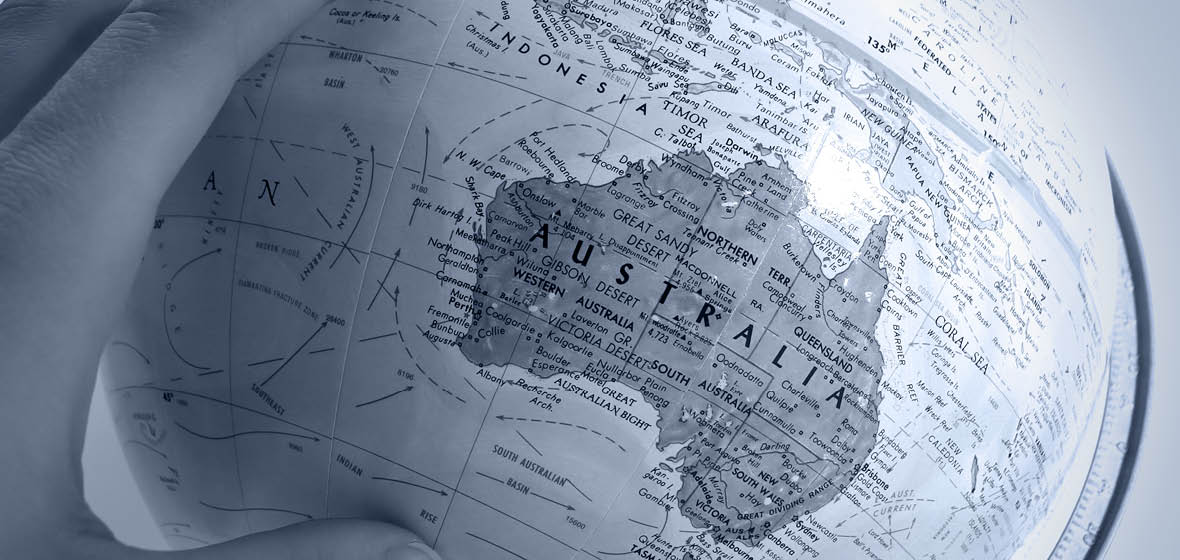Snapshot
- The Full Federal Court in Australian Maritime Officers’ Union v Assistant Minister for Immigration and Border Protection [2015] FCAFC 45 (26 March 2015) ruled invalid a Legislative Instrument which had ‘excepted’ foreign workers engaged in ‘offshore resources activity’ from a requirement to hold an Australian work visa.
- The government has responded by using special Ministerial powers in the Migration Act 1958 (Cth) to deem offshore resources workers to hold a Special Purpose Visa, which in practice reverses the effect of the Full Federal Court decision.
- It will be interesting to see what the next move will be in the ongoing saga of the immigration status and work rights of offshore resources workers, and the competing powers of the legislature and executive.
The events leading up to, and since, the Full Federal Court decision in Australian Maritime Officers’ Union v Assistant Minister for Immigration and Border Protection [2015] FCAFC 45 (‘AMOU’) are an interesting example of the competing powers of the legislature and the executive.
This case examined the extent of the power conferred on the Minister for Immigration and Border Protection to make a determination under s 9A(6) of the Migration Act 1958 (Cth) (‘the Act’) to except activities and operations from the definition of ‘offshore resources activity’ and the validity of the determination (registered as Legislative Instrument IMMI 14/077) made under this power.
Background
The immigration requirements for foreign workers engaged in work within Australian waters have not been without controversy and in recent years there have been a number of changes introduced by successive governments culminating in the recent AMOU decision.
The Act requires all persons who are not Australian citizens to hold a visa to travel to, enter and remain in the Australian ‘migration zone’. In order to work in the migration zone, the visa that a non-citizen obtains must grant them permission to work.
In general terms, the migration zone consists of the territorial seas of the states and mainland territories at low tide mark, and areas that form part of declared ports under the Customs Act 1901 (Cth). Over the years, outlying islands and territories have progressively been excised from the migration zone (such that making land there does not constitute ‘entry’ to Australia).
By way of statutory construct, the definition of migration zone also includes certain structures a long way out to sea in Australia’s exclusive economic zone: Australian resource installations attached to the Australian seabed (such as a traditional oil rig) and Australian sea installations attached to the seabed (such as a fish farm) (ss 8-9). The effect of these sections is that foreign workers require a visa to work on such fixed installations.




